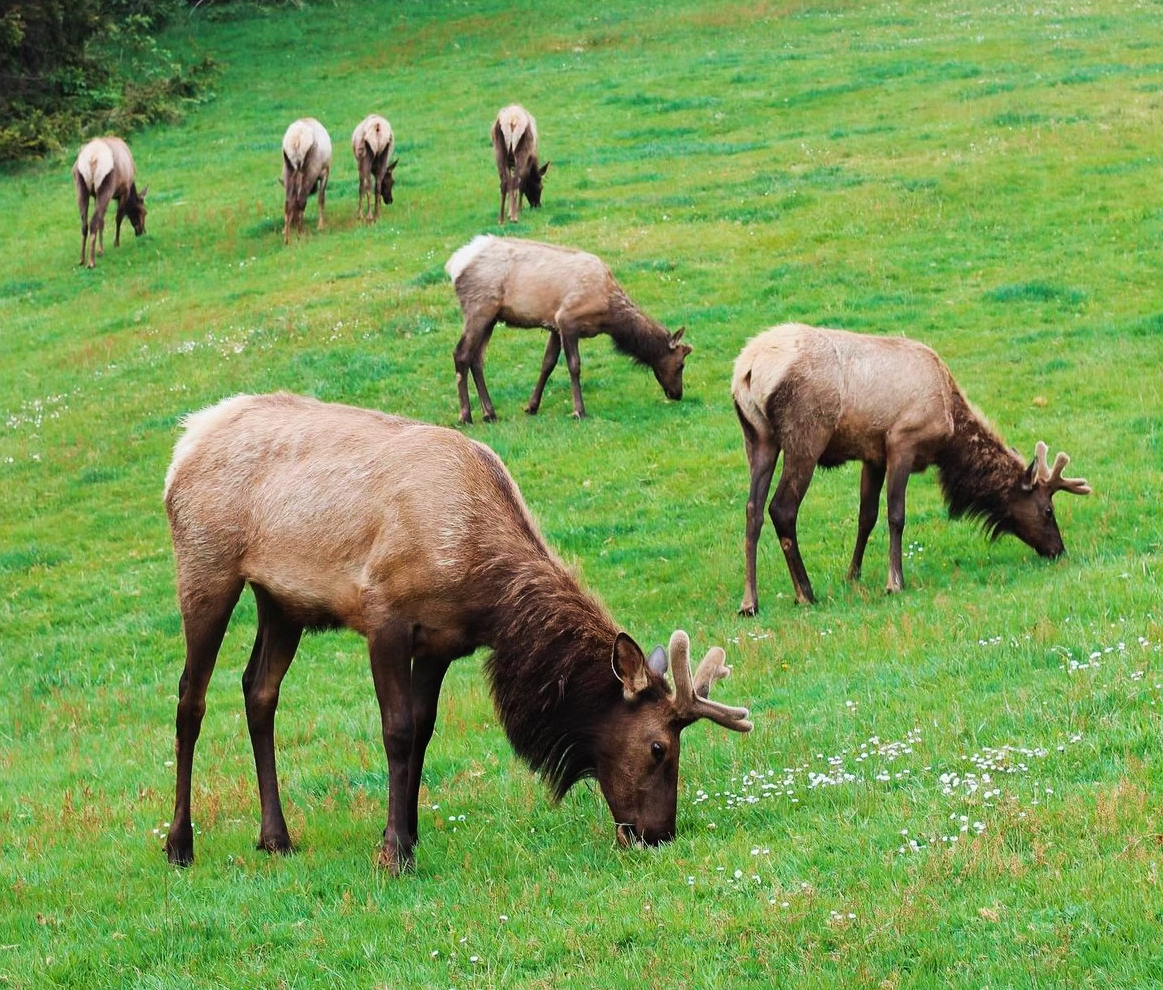On Hunting and Newspaper Sensationalism
The glorification of hunting (and fishing) through graphic photographs of dead animals in newspapers is a disturbing and unethical practice that deserves immediate reevaluation. Newspapers too often have pictures of hunters proudly displaying their kills, creating a culture of comparison and bragging rights. This focus on personal achievement based upon acquiring the “best” trophies underlies any claims of respect for the animal.
Furthermore, such publications disregard the growing societal shift away from viewing animals solely as resources to be exploited. A significant portion of the population finds these images upsetting and disrespectful to animal life. Many readers may simply find such images distasteful or inappropriate for a publication that they typically turn to for news, features, and other less graphic content.
Also, the emotional impact of such photos is undeniable. The sight of a majestic animal being reduced to a mere trophy can be deeply unsettling, especially for children or those sensitive to violence. These images can foster a disconnect from the natural world and the inherent value of wildlife.
Those who defend these publications often claim they serve as an educational tool, informing readers about the realities of hunting and that hunting is part of their culture. However, these photos tell a very limited story. They don’t depict the often lengthy hunts that leave animals suffering for extended periods. Nor do they capture the ecological impact hunting can have on predator-prey relationships within an ecosystem.
Opponents may argue that eliminating these photos constitutes censorship. However, there is a clear distinction between news and graphic content. Newspapers routinely avoid publishing excessively gory or disturbing images from other contexts, such as accidents or crime scenes. The same standard should be applied to published photos of hunted and killed sentient animal beings.
There are a multitude of compelling images newspapers could publish instead. Stunning photographs that showcase wildlife in its natural habitat would not only be more visually appealing but would also foster a deeper appreciation for the natural world.
Ultimately, the decision to eliminate these photos is not about restricting free speech but about promoting a more ethical and responsible portrayal of hunting. Newspapers have the power to shape public opinion, and it’s time they use that influence to promote respect for wildlife and a deeper understanding of the complex ethical issues surrounding hunting.
True respect for nature lies in respecting and promoting wildlife, rather than turning animal lives into a contest with a predetermined outcome, too often with a photo of the hunted sentient animal being unnecessarily promoted in a newspaper.
Newspapers have a responsibility to be sensitive to their entire readership, not just a select group of hunters.



